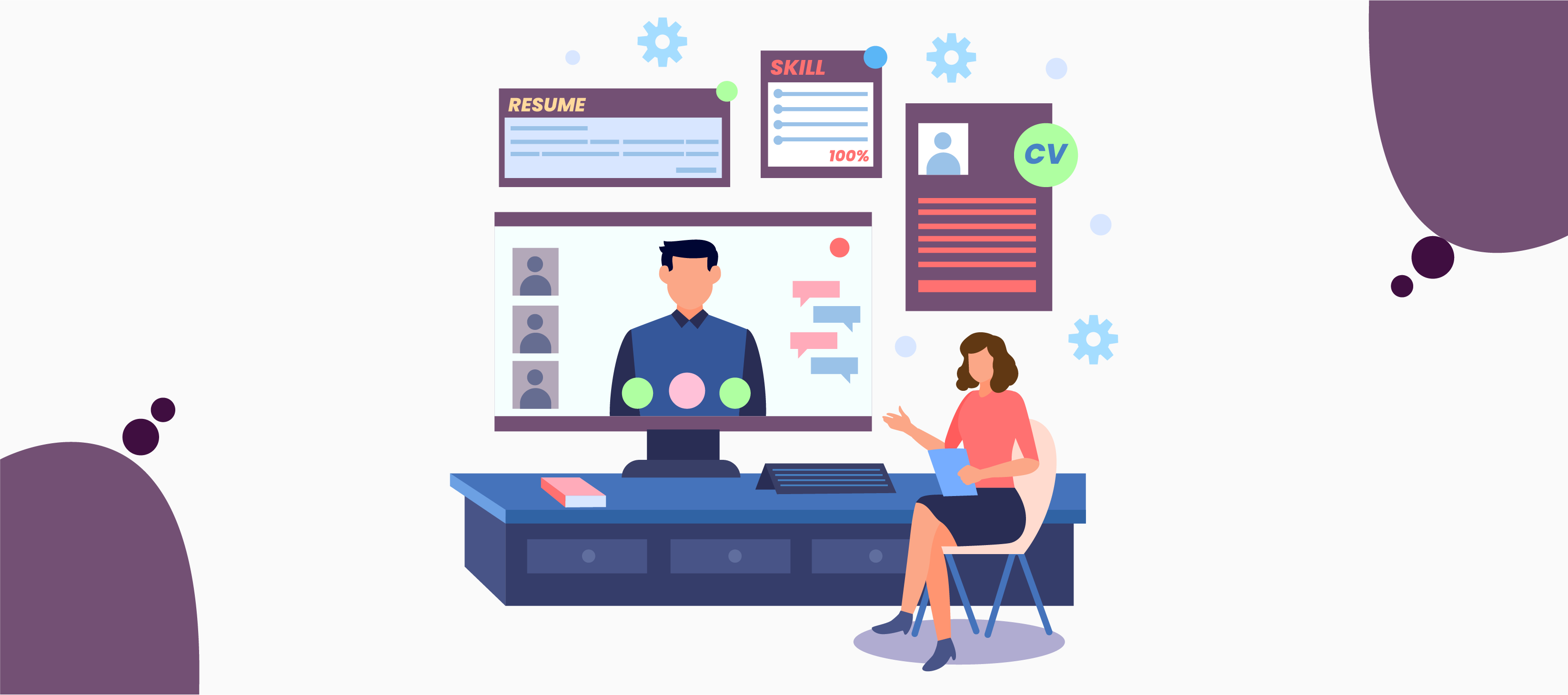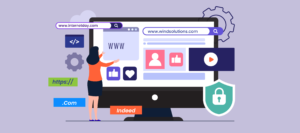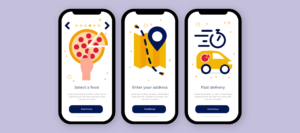Do you intend to increase your staff? Is the HR software you now use no longer adequate?
A thoroughly researched needs list is crucial for a successful deployment, regardless of whether you’re trying to upgrade to more-suited HRIS modules or looking for a new HR product. Therefore, it’s crucial to comprehend HR software development companies that will assist you and create a list of criteria of many software features and modules available to fulfil them. So, before beginning the process of assessing HR systems let’s have a deep guide of Best HR Software Features .
It’s no secret that an HR specialist’s activities affect various factors, including the company’s success, the efficiency of candidate recruiting, employee engagement, and motivation. The routine that HR managers follow sadly “eats up” most of their time while dealing with numerous critical jobs.
How, then, in the current environment, can an HR employee manage paperwork and administrative duties? How can you make your staff’s lives simpler? Automate to save time. Today, there is a chance to make this task easier for everyone involved, including managers, HR, and the workers themselves. In fact, the annual revenue of HR technology was 62.6 billion US dollars in 2022. By 2026, according to Statista, this revenue will reach $91.8 billion.
Let’s also have a look at the following Top HR software development companies to explore more about HR software development.
What is HR Software Development?
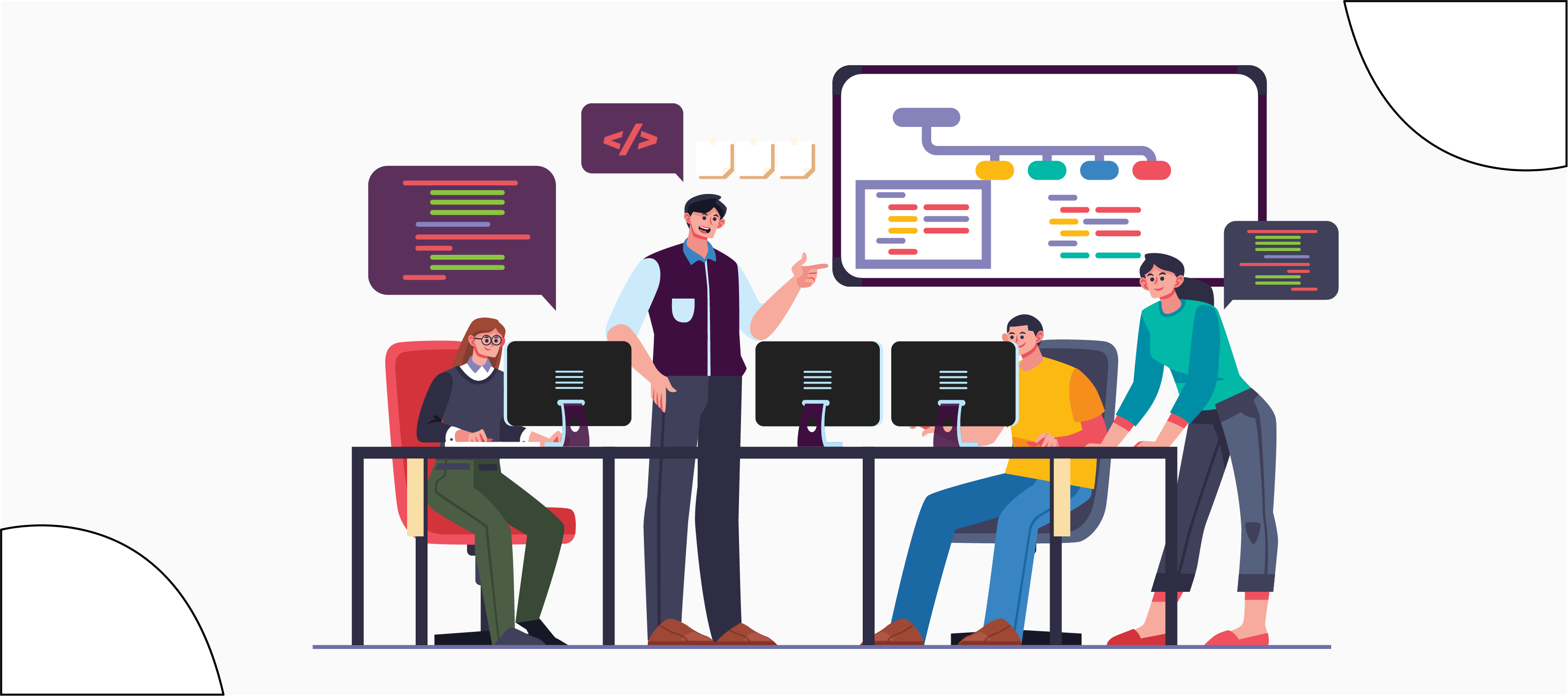
HR Software, also known as human capital management software, is a digital system that is significantly used for organizing, managing, and accomplishing the organization’s long-term HR objectives and daily HR operations. Since the 1970s, when computers were used to manage employee information, HR Software has advanced significantly.
Nowadays, the most current solutions are cloud-based, subscription-based, readily integrated with other data management tools and highly scalable to the requirements and objectives of each unique organization. In short, every size and style of organization can find a software solution for HR today. Moreover, HR provides services for:
- Simplifying office procedures
- Organizing employee data
- Providing immediate insights on critical issues
- Creating a visually appealing and user-friendly online community
Some SaaS HR software also provides a comprehensive platform, while others also provide an applicant tracking system, payroll software, and more specialized services.
Best HR Software Features
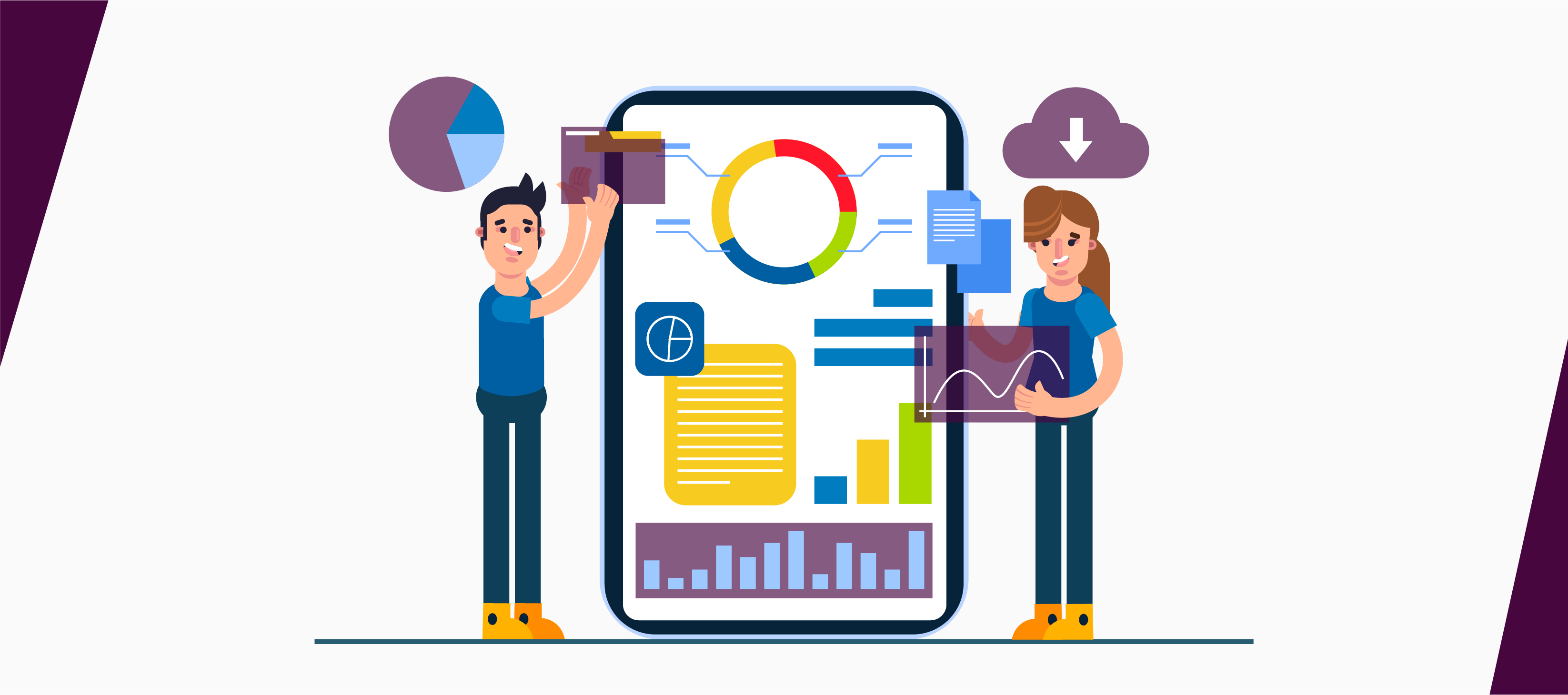
So you’ve decided on an HR software for your business. You can decide to replace an existing installation or to begin the implementation fresh. How can I choose a reliable HRMS that suits my company’s needs? This is the essential query. It’s a challenging decision, but with the help of our must-have features checklist, you can lay the groundwork for making an excellent one.
1. Employee Portal –
The most important aspect of the business is its workforce. It is the most important thing for the HR department and may be regarded as a vital resource for every organization. Any organization’s risky challenge is employee management. However, HR software can store and organize financial data. When businesses reach a particular scale, the type of employee data—such as their roles, employment histories, dates on which they began working, salaries, insurance plans with financial and tax information, paid time off options, etc.—becomes crucial. Additionally, such a portal enables users to view their information in real-time, saving HR time and allowing them to focus on other tasks.
2. Employee Recruitment and Hiring –
Without a consistent and organized hiring strategy, the organization cannot find the right individuals with the right abilities at the right time. A rapid and efficient hiring procedure will improve a company’s reputation in the eyes of both candidates and the business community. Additionally, it will enable you to cut expenses. In other words, the automated recruiting module of HR software speeds up the hiring process with simple-to-use templates and recruitment follow-up. And this not only speeds up turnaround time but also reduces spending on placement-specific resources.
3. Time and Attendance Management –
HR software includes scheduling and attendance tracking to verify compliance with staffing requirements. With the help of this HRIS module, you can schedule workers for various projects, locations, and departments.
Additionally, the Attendance system can handle requests from on-site staff. You can automatically produce accurate reports with the system’s assistance. By implementing an efficient plan, an organization can sustain the attendance system.
4. Compliance –
It would be best to abide by all workplace-related laws and regulations, regardless of the nation or location in which you conduct business. For instance, labour laws restrict the number of hours a person can work daily or weekly. But HR software can incorporate capabilities that check and analyze data for reporting and compliance. Additionally, they offer automated warnings and notifications when legal requirements are unsatisfied.
5. Payroll Management –
Payroll’s primary duties include determining and paying salaries, deducting the proper taxes and deductions, and planning the printing and distribution of paychecks.
Through its well-stated equations, it covers all historical systems for compensation and benefits, including salary, allowances, and overtime rates in an organization. When automated Payroll software is deployed in your organization, data redundancy and manual data entry can be reduced to a bare minimum. One system would be used to collect all the data and facts. You will be able to increase accuracy while reducing human effort. No possibility of a false entry exists.
6. Performance management –
Performance management encompasses much more than the typical annual evaluation. The best software will provide tools for supervisor mentoring, templates for performance ratings and guidelines, reminders for other regular check-ins, and more. In addition, some performance management software offers language to prompt managers when writing reviews and defining goals for individuals and teams. With an individual productivity track, knowledge management becomes more effective and enhances abilities through training and development.
7. Seamless Integration –
The module’s highly integrated functionality will be useful for conducting your business efficiently and expertly. You can use the system to import data from many sources. As a result, you can construct, combine, navigate, and bargain with your data from many sources for various functions. The identical information does not need to be entered in a different module. Your various modules’ linked data will be immediately updated.
8. Employee Training –
Every person needs to update their skill sets in light of the changes in technology and business procedures. HR software helps identify this skills gap, provides management guidance for employee training needs, and keeps track of the sizeable expenditures necessary for training and development. Additionally, it is anticipated that AI in HRMS will turn into a crucial tool for enhancing training, compliance, candidate assessment, and the retention of new information and abilities.
9. Save Productive Time and Effort –
With the all-in-one HR management solution, you could save more valuable time and manly effort. Employees will find it awkward and difficult to use separate systems to manage different services, and this type of system will result in several problems and questions from their perspective. This will be a complete failure, waste everyone’s time, and have a negative impact on production. Using an integrated and systematic strategy, you may bring the HR software system under one roof. The employee oversees everything through a single system that includes all current digital tools and capabilities.
10. Employee Benefits Administration –
The system enables HR professionals to create strategies, set up criteria for eligibility, manage employee remuneration and promotions, and carry out payments or deposits made by a business to employees in addition to their salary. Additionally, it offers self-service open enrollment and unifies accounting and compensation costs.
How HR Software Can Benefit Your Business
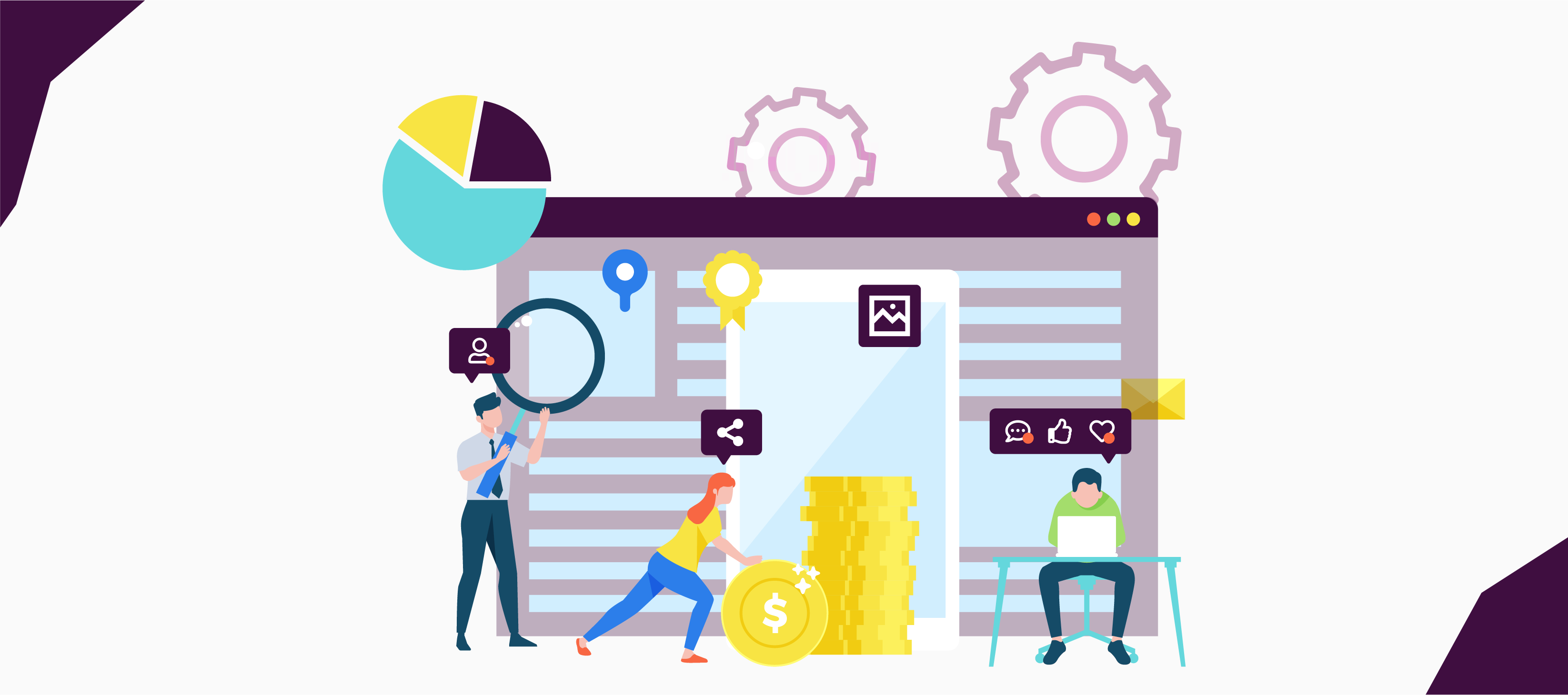
Businesses, from startups to high levels, can use HR software. As HR software has a variety of uses that help business to concentrate on their main objectives. Some of the benefits include the following:
1. Conserve resources and money –
Although it’s crucial to have an internal HR team, automating tasks can free up more time and resources so that your team can focus on long-term plans and organizational effectiveness. For SMBs, HR software could be an appropriate expenditure.
2. Fewer errors –
HR software reduces human errors by automating HR processes such as payroll management, attendance tracking, and leave management. This is highly relevant in processing payroll and deducting income taxes. Furthermore, reducing manual data entry and calculations ensures smooth operations and prevents costly mistakes.
3. Enhanced reporting and analytics –
Employee engagement is an essential factor in an organization’s overall success. So, HR software efficiently operates comprehensive reports and analytics such as employee turnover, workforce diversity, and recruitment effectiveness to improve HR practices and overall business performance.
4. Increase efficiency and productivity –
The management of any business is one of the most time-consuming tasks. So, by automating the HR process, the business can easily streamline its tasks and reduce manual paperwork with the help of HR software.
5. Data Security –
The HR information that businesses share is essential to their growth and achievement. By managing this type of data through an advanced HR platform, businesses can solve a crucial yet frequently challenging concern: cybersecurity. Moreover, employing an HR platform can help reduce some worries about business continuity and disaster recovery because it is equipped with methods for backing up the data that is kept on it.
6. Easily Available Information –
Traditionally, files, documents, and spreadsheets have been used to obtain specific information that HR managers or any other professional within the company need. Employee databases and employee information are readily available in accessible applications. By doing this, the information extraction process is simplified.
7. Customizable features –
Software companies can include a multitude of functions in their package. In contrast, the needs of various businesses vary. One of the best benefits that software vendors are prepared to deliver is this. Choosing the programmes you want to incorporate into your system is simple. You can choose the modules your organization requires the most, whether it be an onboarding suite or an HRIS database and analytics.
Conclusion
Regardless of industry or size, all businesses require a basic human resource management system. Many businesses may need complex learning systems, performance analytics, and financial capabilities in addition to fundamental modules. The first step in finding a new HR software is carefully assessing your business needs.
When choosing HR software for your business, you should consider more than just the system’s kind. Examine the processes it might automate and contrast it with other systems of a similar nature. Remember that you should concentrate on experience, automated processes, and instances rather than just marketing and attractive interface visuals.

